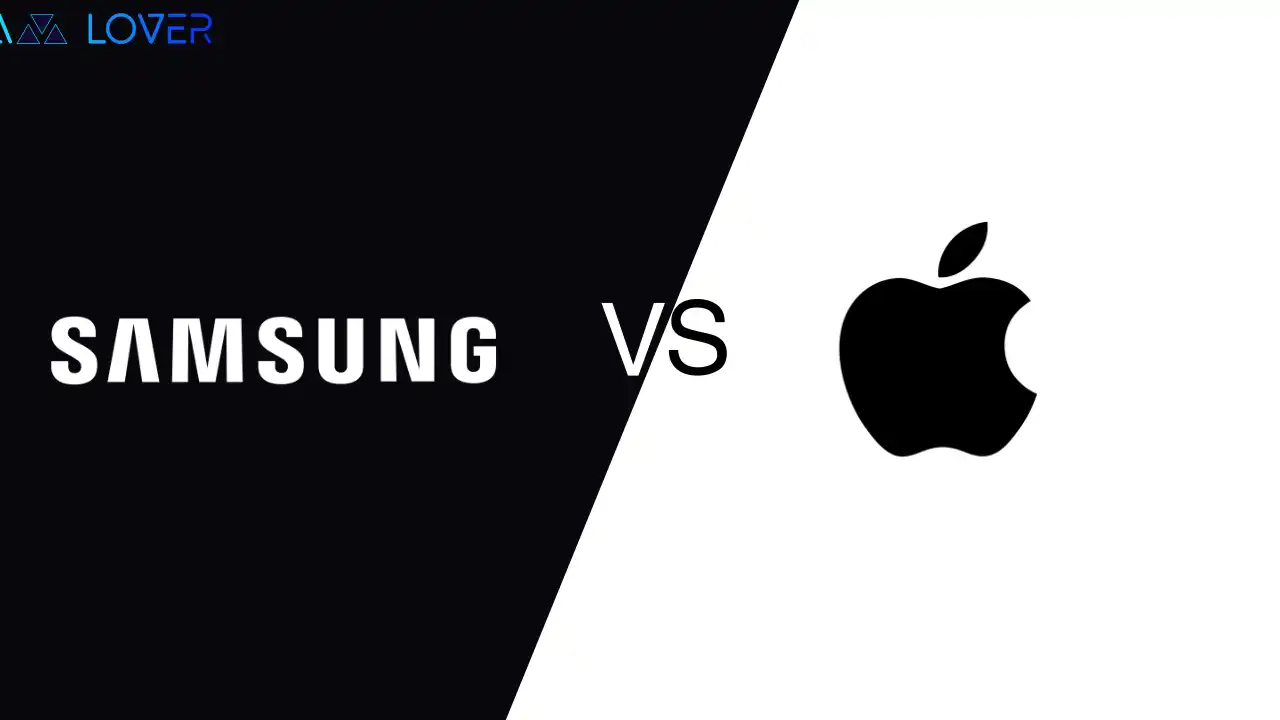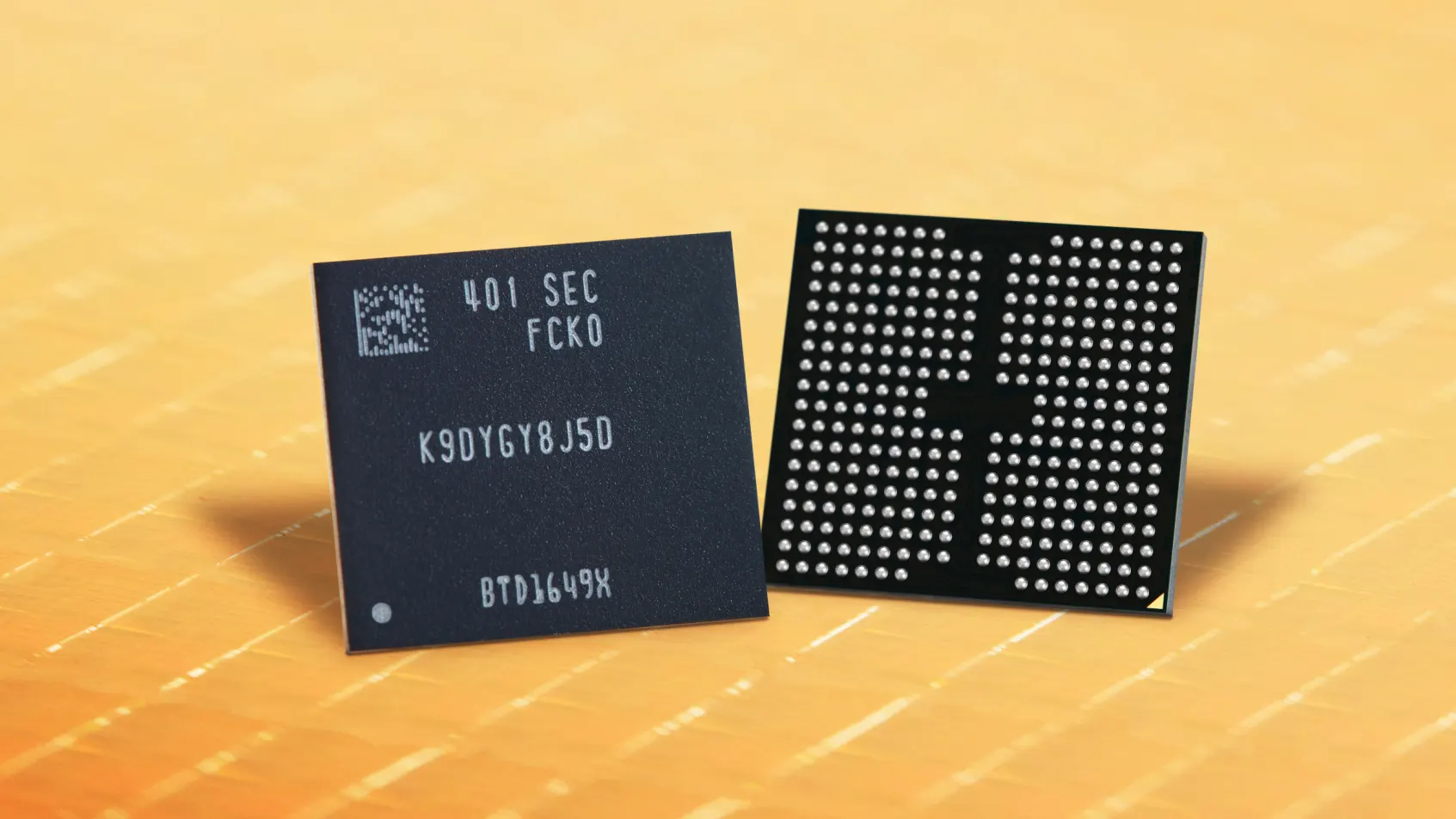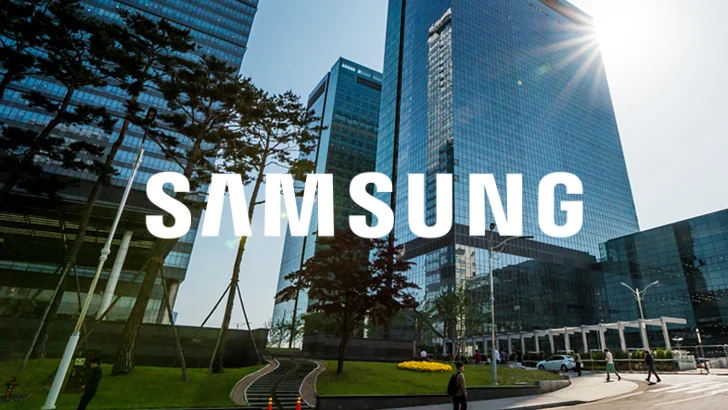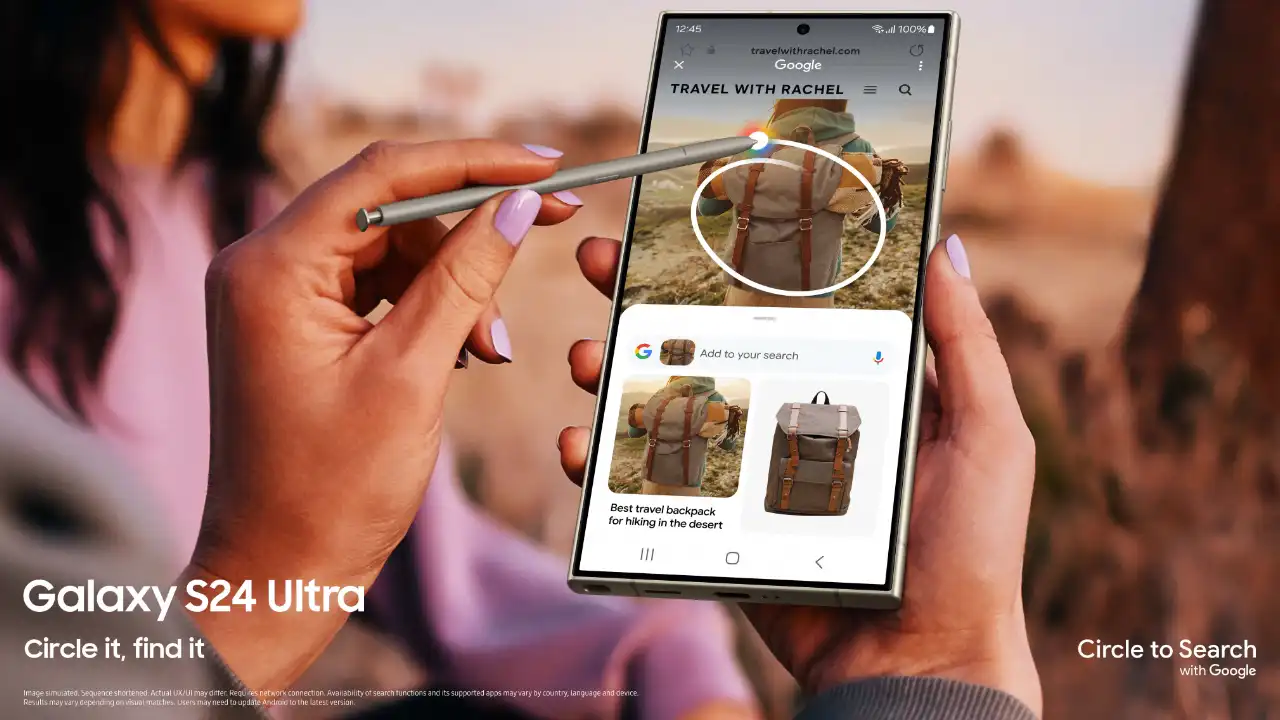Samsung
Apple vs Samsung: Apple Executive Opens Samsungs Old Wounds

It has been exactly 15 years since the first iPhone was launched on June 29, 2007. On this occasion, the Wall Street Journal (hereafter referred to as WSJ) today released a documentary portraying the progress of Apple in these years.
The documentary features interviews with current and former Apple executives by Joanna Stern, in which the current Apple marketing chief Greg Joswiak called out Samsung and implied that the Smartphones from Samsung were just a “Poor Copy” of the iPhones.
He further explained that Samsung just copied the iPhone design overall and made the display larger.
The credit is certainly due to Apple for introducing the innovation and starting a new era of smartphones that were capable of doing tasks while in a reduced capacity, like computers, with also introducing a dedicated app store.
However, such is the norm in the field of technology, everybody innovates & somebody takes it even further. To allege a corporation such as Samsung of copying, which was founded 53 years ago, probably would be stretching it too far.
Especially when Samsung is a major core components supplier to current giants like Tesla and a manufacturer of electronic components such as lithium-ion batteries, semiconductors, image sensors, camera modules, and displays for clients such as Sony, HTC, Nokia, and Apple itself.
On January 4, 2007, 4 days before the iPhone was introduced to the world, and Apple filed a suit for 4 design patents covering the basic shape of the iPhone.
Apple sued its component supplier Samsung, alleging in a 38-page federal complaint on April 15, 2011, in the United States for using its tech in Samsung’s Android phones and tablets.
The claim was for infringing Apple’s intellectual property: its patents, trademarks, user interface, and style.
Samsung also counter-sued Apple on April 22, 2011, filing federal complaints in courts in South Korea, Japan, and Germany. Samsung alleged that Apple infringed on Samsung’s patents for mobile-communications technologies.
By then, it became a suing game, and Samsung sued Apple in the British as well as American courts.
Ultimately the total score was settled through an undisclosed exact money bill understanding between the two, which has not been publicized yet by both.
Apple’s Jobs hinted once that the bigger phones were a hassle, and the sales went down for Apple around 2013 when Samsung Galaxy Note and other phones were garnering sales. Samsung criticized apple for eating its words and releasing a bigger iPhone 6.
Furthermore, Apple had a bitter taste when the sales of the iPhone 12 mini-series failed in comparison.
Even today, Samsung still beats Apple in the tablet game. Read here. And not to mention Samsung is currently a flagbearer in the foldable and flexible display division with its Z series dominating the market, while Apple and others are still trying to even enter this field.
Apple certainly seeks to stand high ground, and a sense of ego seems to be pouring from it. Who knows what would have happened if Samsung didn’t innovate the larger phones, which were more affordable and independent in terms of the OS and third-party ecosystem.
In that sense, it seems that Samsung ruined Apple’s monopoly celebrating party with its marketing and innovations.
Apple doesn’t seem to accept that a free world of innovation that enables people to be more productive and make their lives easier will always be accepted by the world and that technology is not its monopoly or exclusive right because apple was also accused of the same.
It would be better if this old age animosity could end now, and both companies should try to work better in their field, especially when Apple is seeking the help of Samsung in display solutions.
To watch the documentary visit the links in the description, and we leave you with the Apple executive’s statement.
Here referring to Samsung– “And they were annoying because, as you know, they ripped off our technology. They took the innovations that we had created and created a poor copy of it, and just put a bigger screen around it. So, yeah, we were none too pleased.”
-Apple marketing chief Greg Joswiak
Sources & References:
Samsung
Samsung Electronics Begins Mass Production For 9th-Gen V-NAND

The Korean Electronics firm announced that it has begun mass production for its one-terabit (Tb) tripe-level cell (TLC) 9th-generation vertical NAND (V-NAND).
One of the key reasons for beginning this mass production is just to solidify its leadership in the NAND flash market. This 9th generation V-NAND flash memory has significant improvements. It offers a 50% increase in storage density compared to its predecessor, the 8th-generation V-NAND. This appears due to the tiny cell size and thinner design.
The Korean giant also executed new techniques for upgrading the reliability and lifespan of the memory cells while eliminating dummy channel holes, which significantly reduced the planar area of the memory cells. The Head of Flash Products & Technology of the Memory Business at Samsung Electronics, SungHoi Hur, stated, “Through our latest V-NAND, Samsung will continue to set the trend for the high-performance, high-density solid-state drive (SSD) market that meets the needs of the coming AI generation.”
Samsung‘s advanced ‘channel hole etching’ technology exhibits the brand’s leadership in process capabilities. This technology creates electron pathways by stacking mold layers and increases fabrication productivity as it authorizes simultaneous drilling of the industry’s highest cell layer count in a double-stack structure. As the cell layers increase, the capability to pierce through higher cell numbers becomes crucial, demanding more complicated etching techniques.
The 9th-generation V-NAND is enabled with the next-gen NAND flash interface, Toggle 5.1, which will help to support the increased data input and output speeds by at least 33% to up to 3.2 Gbps. The Korean giant plans to solidify its position within the high-performance SSD market by expanding support for PCIe 5.0.
With the advancement in low-power design, power consumption has also improved by 10%.
Samsung
Samsung Gains 23 Patents For ‘Self-Record’ From Seagate in the USA

The Korean brand ‘Samsung’ announced that recently it bought 23 patents related to magnetic recording technology from Seagate.
The giant sold its own HDD business and patents to Seagate 13 years ago, and now it is acquiring specific magnetic recording patents instead of ones it previously owned. The patents are possibly for data storage advancements, potentially for use in Samsung’s memory or storage products.
The aim behind the purchase is yet to be debated; some have speculated that Samsung probably uses these patents to upgrade its in-memory computing technology, whereas others are expecting that it’s simply to cut ties with Seagate after their previous business dealings. It has become known that most of the acquired patents are from 2002–2020, and four have already expired.
Back in 2011, Samsung sold its hard disk drive (HDD) business and a total of 479 patents to Seagate, and this was part of a major deal that pointed to various twerks; for instance, the Korean giant getting some of Seagate’s stock, collaboration on future storage solutions, Seagate providing HDDs for Galaxy devices, and many more. Later, in 2016, the Korean giant sold all of its Seagate stock.
Now the reports are saying that Samsung has bought 23 patents related to magnetic recording technology from Seagate. Some experts are saying that Samsung could use magnetic recording patents to develop MRAM-based in-memory computing technology, which is a powerful memory type with advantages for AI chips. At the moment, the exact reason behind this step is not clear.
An industry insider released a statement: “It may be an attempt by Samsung Electronics to settle the remaining business relationship after selling its stake in Seagate in the past, or it may be a kind of fake patent purchase strategy to deceive competitors.”
Via – TheLec
Samsung
Samsung Galaxy AI’s Circle to Search Could Soon Get a new Upgrade

Samsung introduced its Galaxy AI, which consists of several generative AI features. Circle to Search with Google is one of the most admired features. Now, it may soon get a major upgrade based on comments made in a recent Made by Google Podcast episode.
The Circle to Search with Google feature is available on both Galaxy S24 and Pixel 8 devices, and reports are saying that soon it could get a big usability upgrade and become a bit harder to trigger by accident. The forthcoming changes will be based on comments made in a recent Made by Google Podcast episode, in which host Rachid Finge spoke with Erin Lynch and Alistair Pott, who worked with the Circle to Search development team.

During the podcast, Lynch admits that the circle to search with was quite easy to activate by accidental touches as it’s located on the same gesture bar or home button that users use for other purposes most of the time. Regarding this, she and Pott assured that Google was working to fix it to avoid accidentally activating this feature; however, they didn’t elaborate on the assurance.
However, the Circle to Search feature already received an update that gives it the power to translate circled text. It is expected that the future update could be a combined search and lens results page while using the Circle to Search feature instead of having them separate as they are now.
Apart from this, the podcast unveiled a few interesting twists regarding how Circle to Search came to be. It came to light that it is based on Google Lens and has been in development since January 2023, after Google staffers were actively working on how Lens became more readily available outside its app.












